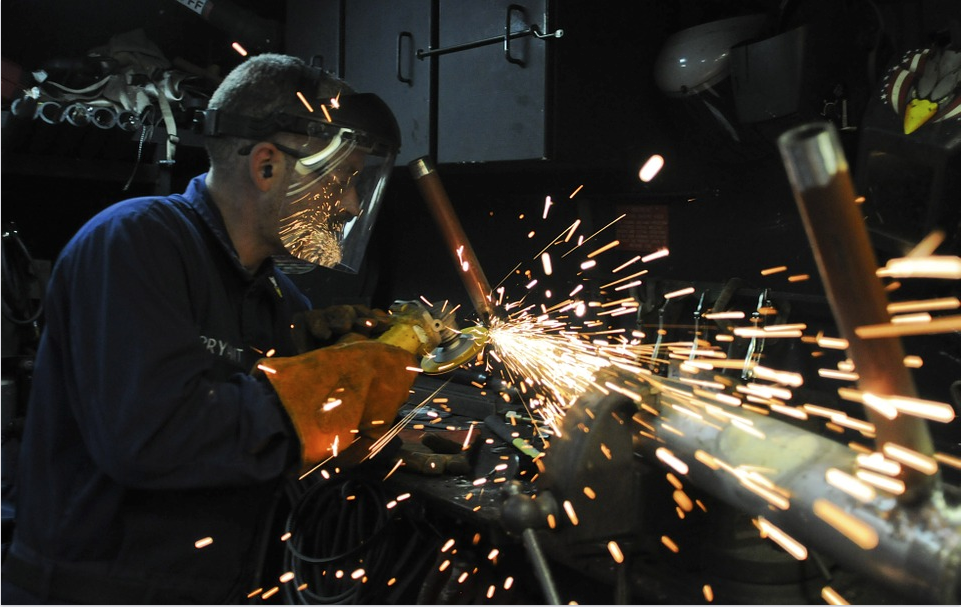
Workers in every occupation face work-related health and safety risks that they, and their employer, need to consider. Companies in high-risk industries, like construction, manufacturing and resource extraction, always need to think about safety when designing and planning their operations. Maintaining a safe work environment is not only required by law in most cases, it can also lead to better financial health and less overall risk for employers.
Never Stop Training
You’ve probably heard the adage that a person should never stop learning. This wisdom applies to workplace safety training as much as academic study. Companies should always include ample training material in their on-boarding process for new hires, but that doesn’t mean it should end there. Employers should also offer consistent and progressive safety training every year and always develop new material for the introduction of new processes or equipment.
Incentivize Safety and Responsibility
Many workplaces incentivize extra effort, but this can actually backfire if it’s pushing workers past their limit. Tired and stressed workers are more likely to make mistakes, suffer from work-related health issues or simply burn out. Rather than always pushing employees towards quantity, employers also need to encourage safe and responsible workplace habits.
Don’t Neglect Inspections
No one looks forward to inspections. This necessary evil can reveal problems that slow production or force employers to confront yet another new problem. However, the long-term price of neglecting proper maintenance and monitoring of equipment is much higher than the cost of an inspection. Whether it’s a total site examination or annual air receiver inspections, companies should embrace these necessary practices as an opportunity to learn and improve.
Listen to Employees
Many company leaders struggle to make meaningful improvements in their workplace for one simple reason: they don’t really listen to their employees. When workers feel that their opinions matter, they can offer invaluable insight that helps companies shift their direction to a safer and more productive one. Employees should always be encouraged to voice their concerns about safety in the workplace without fear of reprisal or discipline.
There’s no such thing as a completely safe workplace, but there are dozens of different ways for companies to help their employees stay healthy on the job. Physical safety is obviously a priority, especially in high-risk industries, but employers also need to consider the impact of their operations and work environment on the mental health of their staff. Developing a comprehensive health and wellness program shows workers that their employer really cares about them and is responsive to their needs.


